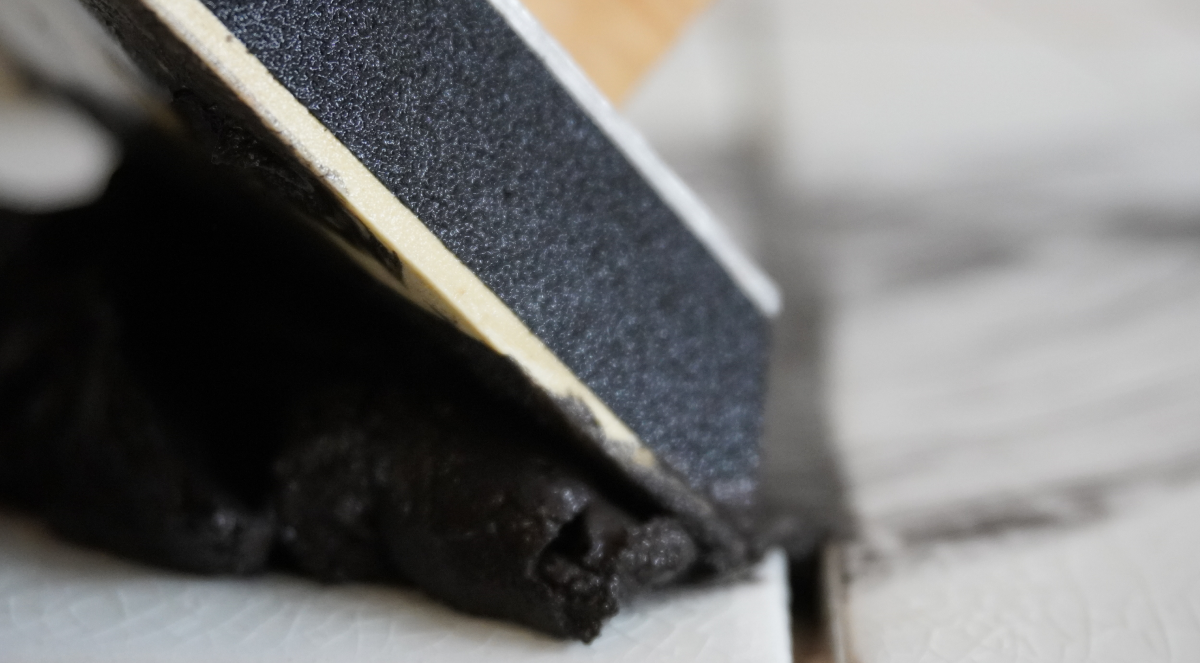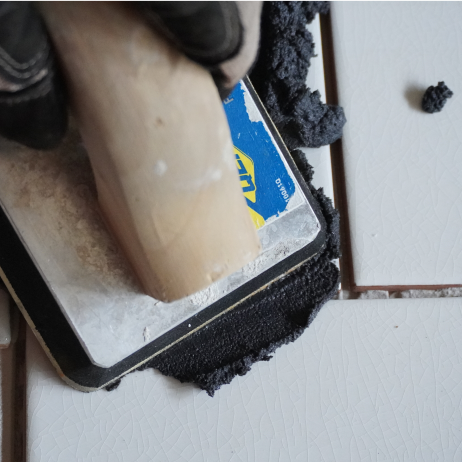Grout 101
Reading between the (tile) lines
When it comes to tiling a room, grout may seem like an afterthought. After all, it’s not as much fun as picking tile. However, grout is a crucial component of any tile project. Grout not only fills the gaps between tiles, but it also helps keep them in place. Choosing the right grout and knowing how to clean and maintain it can be a daunting task, especially for those new to tiling. If you want to explore the basics of grout, you’re in the right place. We’ll cover the types of grout; how to pick the right grout for your project; grouting over grout, and how to clean grout. Whether you are a DIY novice or an experienced tiler, this guide will help you make informed decisions about grout for your tile.
SHOP GROUTWhat Are the Different Types of Grout?
There are many different types of grouts, but the three most common are sanded, epoxy, and unsanded. The type you select will depend on your project. For example, areas of high moisture tend to do well with epoxy grout. Sanded grout is best if you are tiling an indoor flooring area, or any grout joint that is greater than 1/8 of an inch. Unsanded grout tends to work best if you are doing thinner grout lines.
Some of the newer grout alternatives include small aggregate, high-performance grout that can be used in projects where you would typically use both sanded and unsanded grout. You may also want to consider pre-mixed grout rather than epoxy grout because it is stain-resistant and easier to use. Every project is unique, though, so it is always best to consult an expert.
What is the Best Way to Pick Grout?
Choosing the right grout for your tile project can be overwhelming since there are quite a few options available. It might not seem all that complicated, but the different textures, colors, and widths are endless. There are several factors to consider that can help you determine the best grout for your project. First, consider the size of the grout line. As mentioned, this can make a big difference in the appearance of your tile. Typically, narrow grout lines require non-sanded grout, while wider grout lines need sanded grout.
Next, you will want to think about the tile material as well as color to make sure it coordinates with the grout. Grout color is a design choice; you can choose a color that blends with the tile material or one that contrasts. When you choose a color that blends in, it masks any inconsistencies in the tile or installation. The complete area appears as one, and this method is often recommended for a novice tiler.
When you choose a contrasting color—say white tile with black grout—you emphasize the joints. This is a popular design choice, but keep in mind you are calling attention to any flaws or inconsistencies of the installation.
You will also want to consider the location and use of the tiled surface. If you are tiling in a high-moisture area such as a bathroom or a kitchen, stain-resistant grout is a great choice because it is easier to clean and maintain. Think about the texture of the tile you’re grouting, since that can get tricky as well. Lastly, take your budget and timeline into consideration. Some types of grout can be more expensive and time-consuming to use than others. So, consider the cost and time required for the grouting process. By taking these factors into consideration, you can select the best grout for your tile project, ensuring a beautiful and long-lasting finish.
Can You Grout over Grout?
If you research grouting over existing grout, there is a lot of debate among experts. Some say you can do it with certain kinds of tiles. Others say absolutely not. In theory, grouting over existing grout can be done, but it is usually not recommended as it can lead to several issues.
The first problem is that the new grout may not adhere well to the old grout. This can cause looseness and cracking over time. Secondly, it can cause the grout lines to become thicker. This can change how your tiled surface looks. It is usually best to remove your old grout and reapply a fresh layer. This will ensure a strong bond and a clean, even surface. No matter what you decide to do, it is best to consult with a professional to assess whether grouting over existing grout is the right choice for your project.
How to Keep Grout Clean
Keeping grout clean is an age-old problem. Everyone seems to have different hacks and ideas when it comes to cleaning and maintaining grout, but no matter how you do it, cleaning your grout can be time-consuming. So, preventative measures are important. Using a tile or grout sealer on your sanded or unsanded grout helps with regular maintenance.
Many cleaning experts suggest sweeping and mopping your floor regularly and covering tiled areas with rugs to minimize exposure to dirt and dust. Grout still gets dirty, however, so we recommend using a commercial grout cleaner applied with a grout brush, as often as needed.
Keep in mind that some commercial cleaners do include harsh chemicals. Remember that it may take some trial and error to determine which method is best for your installation.
The right grout and application method can make a huge difference in the way your tile project looks. If you’re inexperienced, we recommend consulting a professional before you begin. And if you haven’t already settled on your tile, be sure to visit our website for inspiration and a huge selection of tile—from classic white subway tile to more unique tile types that look like concrete, marble or even wood.





